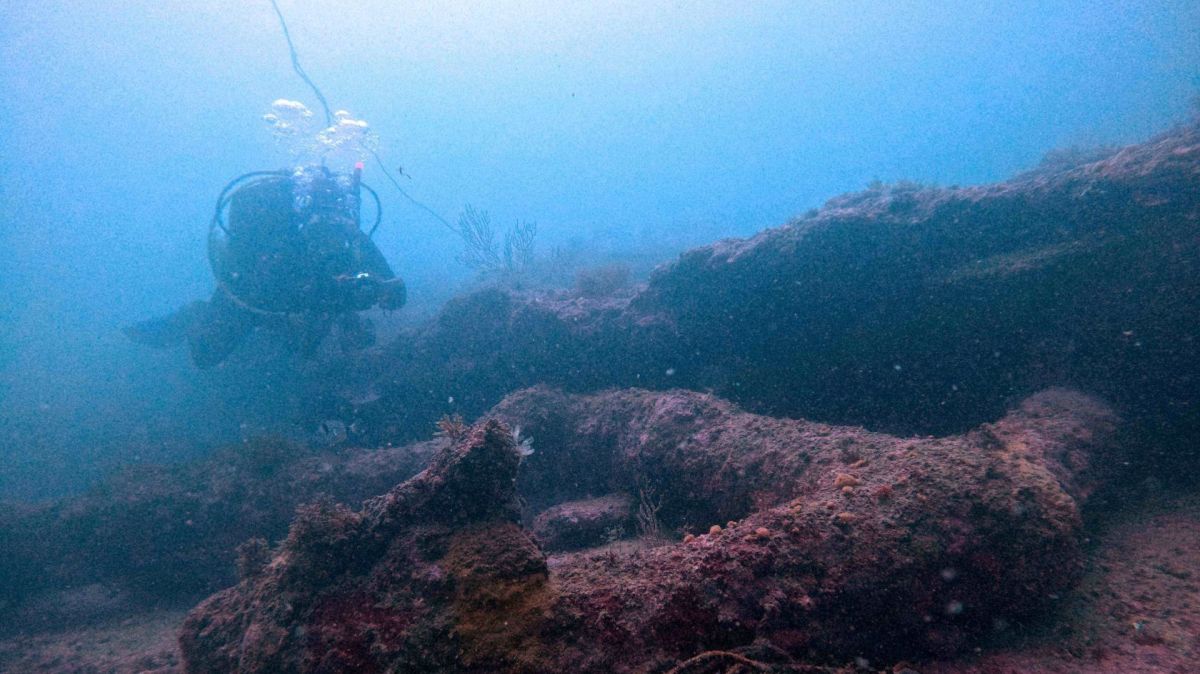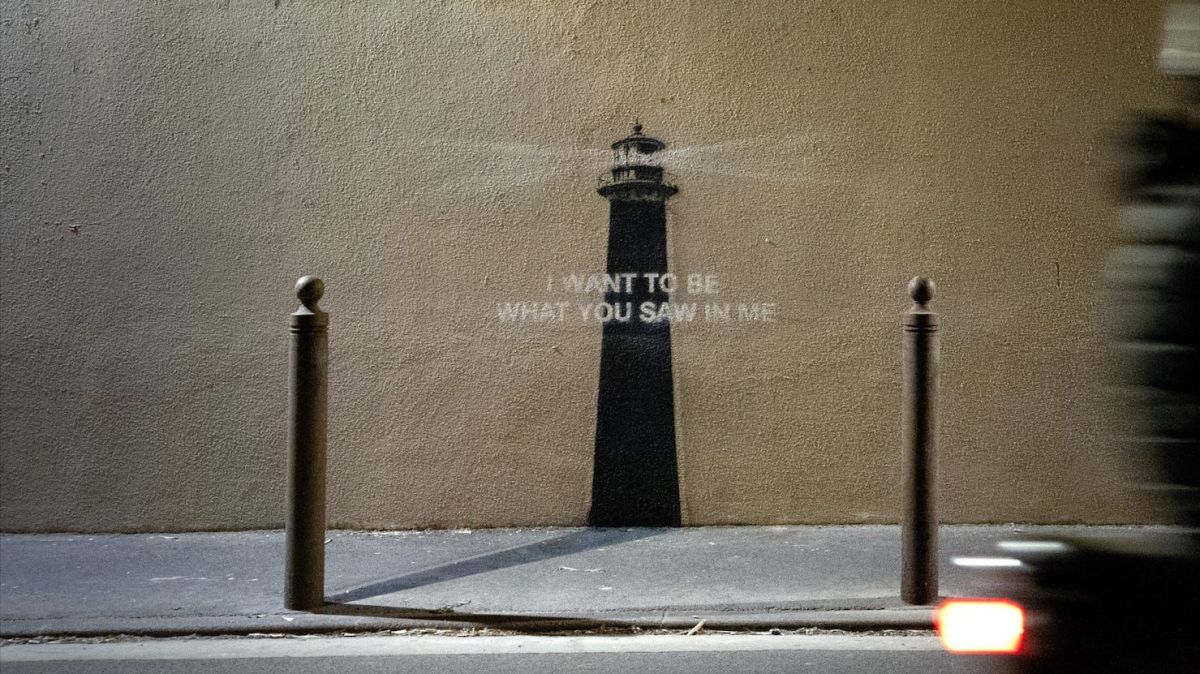Mayor João Leite (PSD) emphasised the plan’s transformative potential to improve residents’ quality of life. The main objectives revolve around non-polluting mobility options, such as improving ecological corridors, pedestrian pathways, public transportation accessibility, and pedestrianisation of historic centres.
“This document will improve the quality of life for our population and those who visit us. It is a revolution that we want to make in our public space”, said the mayor João Leite (PSD) during the presentation. Designed to be implemented over the next 10 years, the plan focuses on encouraging residents to walk more and use public transportation.
A key objective is to boost pedestrian-friendly areas in Santarém’s historic centre, ensuring safer and more comfortable routes, especially for students and other city dwellers. By promoting non-polluting transportation options, the plan also aims to lower the city’s carbon footprint while making mobility safer and more efficient for all.
According to the municipal data, private car usage in Santarém rose 14% between 2001 and 2021. To counter this trend, the plan proposes connecting the lower city to the plateau through “environmentally friendly mechanical solutions” such as escalators, elevators, and funiculars. Three new connection points have been identified: São Bento to Ribeira de Santarém, the Rafoa Viewpoint to São Domingos, and the Portas do Sol Garden to Ribeira de Santarém.
The initiative also seeks to enhance urban mobility for the elderly, allowing them to live and work in the city longer while maintaining independence. Though the total investment required for the plan has not been disclosed, the mayor assured that funding strategies are being actively pursued to bring the vision of a greener, more accessible and pedestrian-friendly Santarém.











